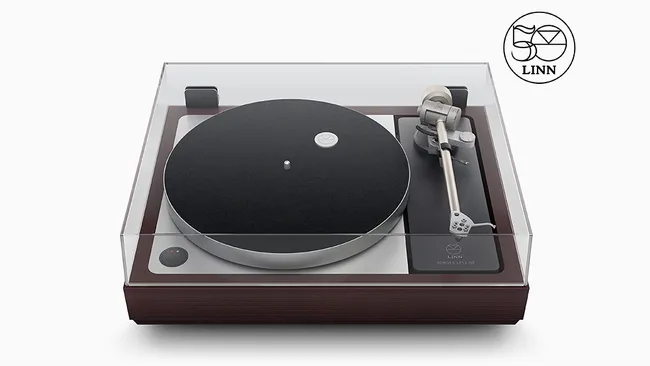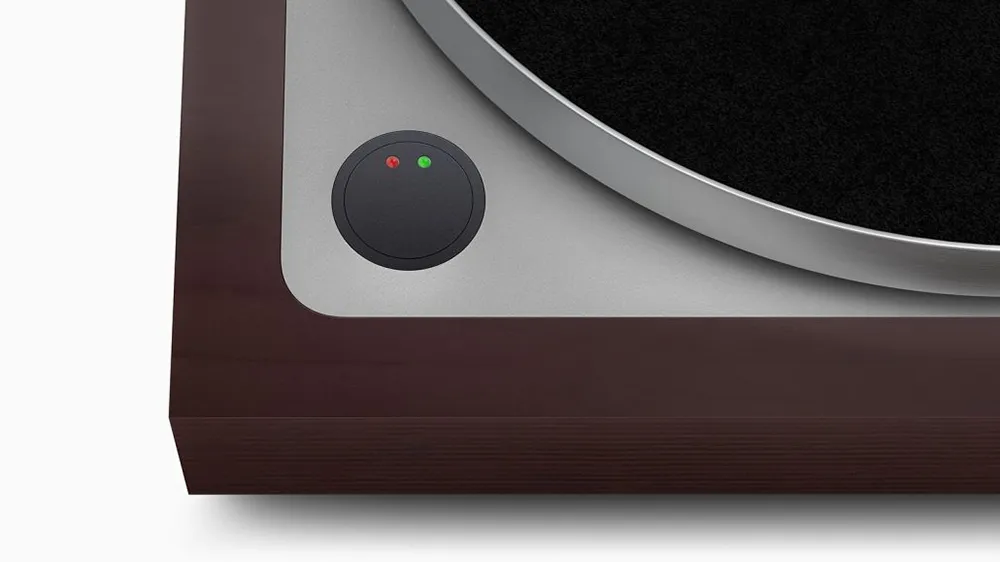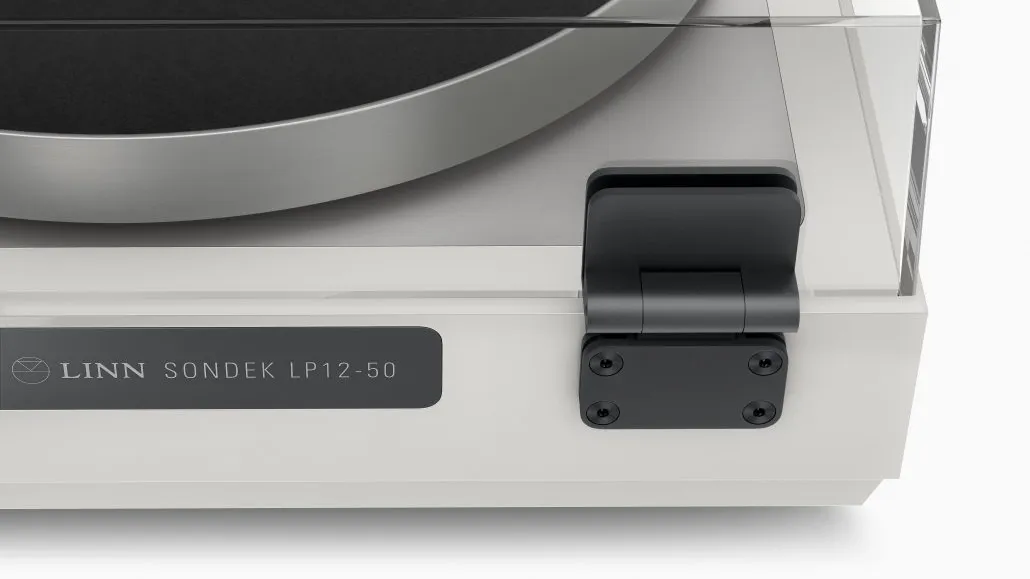News
Linn and Jony Ive designed a special LP12-50 – and I’d love to see more hi-fi collabs like it
Hi-fi and technology brand collaborations would likely marry first-class sound with first-class user experiences.

The answer to ‘What’s more legendary: Sir Jony Ive or Linn’s Sondek LP12?’ would probably be different depending on whether it came out of the mouth of a hi-fi enthusiast or a technology nut. Both have made a huge mark in their respective fields
Ive for being the chief design lead at Apple for over 20 years, and consequently behind some of the most landmark devices in consumer technology. The LP12 for being the most iconic turntable of all time and an inspiration not only for future Linn products but also those from other hi-fi manufacturers.
And now their worlds have, somewhat unlikely I suppose, collided. Linn and Ive have collaborated for the new 50th-anniversary edition of the Sondek LP12 record player, fittingly called the LP12-50. Priced at £50,000/$60,000 the turntable is set to ship between August and March in a limited batch of 250 units. It marks Ive’s first non-Apple hardware project and Linn’s first LP12 redesign of this kind.
The opportunity could well have slipped through the net. In a blog post about the collaboration, Linn CEO Gilad Tiefenbrun writes how he initially dismissed a LinkedIn invitation to meet with Ive as spam, before getting the niggling feeling that it could be authentic and he should follow up. Alas, the message wasn’t junk worthy. Ive wanted to purchase a couple of Linn products, and the conversation over FaceTime led to his new design firm, LoveFrom, expressing a desire to get involved with the LP12-50 project.

Tiefenbrun goes on to say in his post that after getting to know the Sondek LP12, Ive and the LoveFrom team suggested design improvements, focusing first on enhancements to the plastic hinges and the speed control/power switch.
“If you’ve ever had a real estate agent look around your house, you’ll be familiar with how I felt,” writes Tiefenbrun. “At Linn, we care about sound quality above all else and so, whilst we are aware that there is indeed room for improvement in these areas, we haven’t found the time in recent years to make them a priority over our long list of potential sonic improvements.”
That led to new precision-machined metal hinges that Tiefenbrun said would make the dust cover ultra-responsive to the user; new, circular, machined-from-solid aluminium power switches; a curved-edged top plate and arm board to mirror the new power switch’s curves’ and finally a new lid badge. As it happened, that aligned with Linn engineers’ work on a new “Bedrok” plinth, which is machined from a single block of an incredibly dense new type of wood, created by compressing layers of beech under extreme pressure, and has, Linn says taken the LP12 to “a new level of sonic performance”.
“The result is our best-sounding, best-looking and most usable Sondek LP12 ever,” concludes Tiefenbrun.
Now, Linn has never appeared to me like a hi-fi brand that struggles with design. Everything Linn I’ve reviewed or seen is visually attractive, seemingly well built and intuitive to use, as the products’ high-end price point quite rightly demands. And the contemporary redesign for its streamers that it introduced in 2018 shows how it has moved with the times all on its own. I’m yet to see the LP12-50 in the flesh, though it’s obvious from looking at the images that it stands apart from previous LP12s with a few new flourishings – and Linn is clearly happy with the refinements they bring.

I’m not suggesting such collaborations as this one are easy, or even financially or practically feasible for many hi-fi brands. Ive – or indeed other notable designers – probably aren’t lining up to get involved in a ton of hi-fi projects, at that. But there are hi-fi products at the top of the game from a sound performance point of view that I could see benefitting from the touch – and I mean touch; nothing more – of a mainstream technology brand or designer. Products that could be complemented by the first-rate user experiences and design cues of today’s gadgetry. Not because they’re bad or substandard particularly (though some are), but because they could be better. More in line with the best and most innovative usability features we now see on mainstream consumer electronics. Perhaps that would even help secure the future of hi-fi for the next generation.
13.07.2023Back
